The Metal Dillema
When it comes to choosing jewelry, there are many factors to consider. One of the most important is the metal used to create the piece. While gold is usually the metal people think of first for jewelry, silver, and platinum are also options worth considering. In this post, we’ll compare and contrast white gold, silver, and platinum from a jeweler’s point of view, to help you answer the age-old question: What metal is best for jewelry?
What are the pros and cons of white gold?
White gold is a popular choice for engagement rings and other fine jewelry. It is made by alloying yellow gold with other metals, such as nickel, palladium, or silver. The result is a white or silvery-colored metal that is similar in appearance to platinum. White gold is a good choice for those who want the look of platinum without the high price tag. It is also more durable than silver and does not tarnish like silver. However, it may require rhodium plating over time to maintain its white color and shine. It is an overall great option for many people who want to ensure their diamonds and gemstones are well-protected and can be repaired fairly easily under most circumstances.
What are the pros and cons of silver?
Silver has been a popular metal for jewelry-making for centuries. It is a relatively soft metal, which makes it easy to work with and allows for intricate designs. It is also less expensive than other precious metals, making it a good choice for those on a budget. However, silver is not as durable as other metals, such as white gold and platinum. It can easily scratch and tarnish over time, especially if it is not properly cared for. While the softness of the metal makes it great for jewelers to create designs, it also is easy for those designs to be bent under pressure. For this reason, we generally recommend against rings being made in sterling silver, unless the band is on the wide side. Silver jewelry may require frequent polishing and maintenance to keep it looking its best. Silver is a great choice for fashion jewelry with more budget-oriented gemstones and crystals.
What are the pros and cons of platinum?
Platinum is one of the rarest and most precious metals used in jewelry-making. It is a dense, heavy metal that is prized for its durability and resistance to wear and tarnish. It is also hypoallergenic, making it a good choice for those with sensitive skin. While platinum is more expensive than other metals, it is also more durable and requires less maintenance. It is also a good choice for those who want a pure metal, as platinum is typically 95% pure (compared to 14k or 18k gold, which are only 58.5% and 75% pure, respectively).
What if I want the durability of platinum for less?
A good option, especially for engagement rings, rings with diamonds, or rings with high-end gemstones is to combine the two! You can make the primary design of the ring in 14k gold but have the head made in platinum. This allows for a strong metal to secure the primary stone. It’s a great way to achieve a two-tone look if you prefer a yellow-gold band, all while keeping your main diamond or gemstone protected.
When it comes to choosing the right metal for your jewelry, there are many factors to consider. White gold is a good choice for those who want the look of platinum without the high price tag, while silver is a more affordable option for those on a budget. Platinum is the most durable and hypoallergenic of the three metals, but it also comes with a higher price tag. Ultimately, the choice comes down to personal preference and budget, so it's important to weigh the pros and cons of each metal before making a decision. Working with a trusted jeweler is also important, so you can ensure that you can confidently wear your jewelry for years to come!


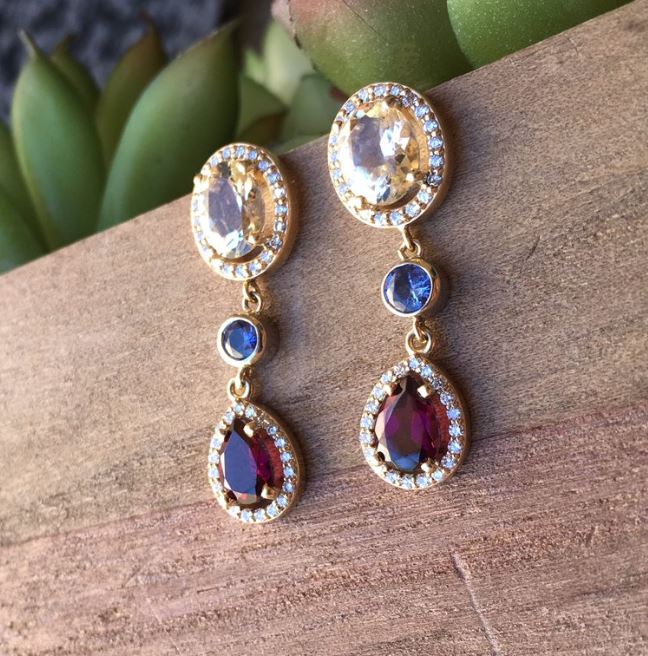
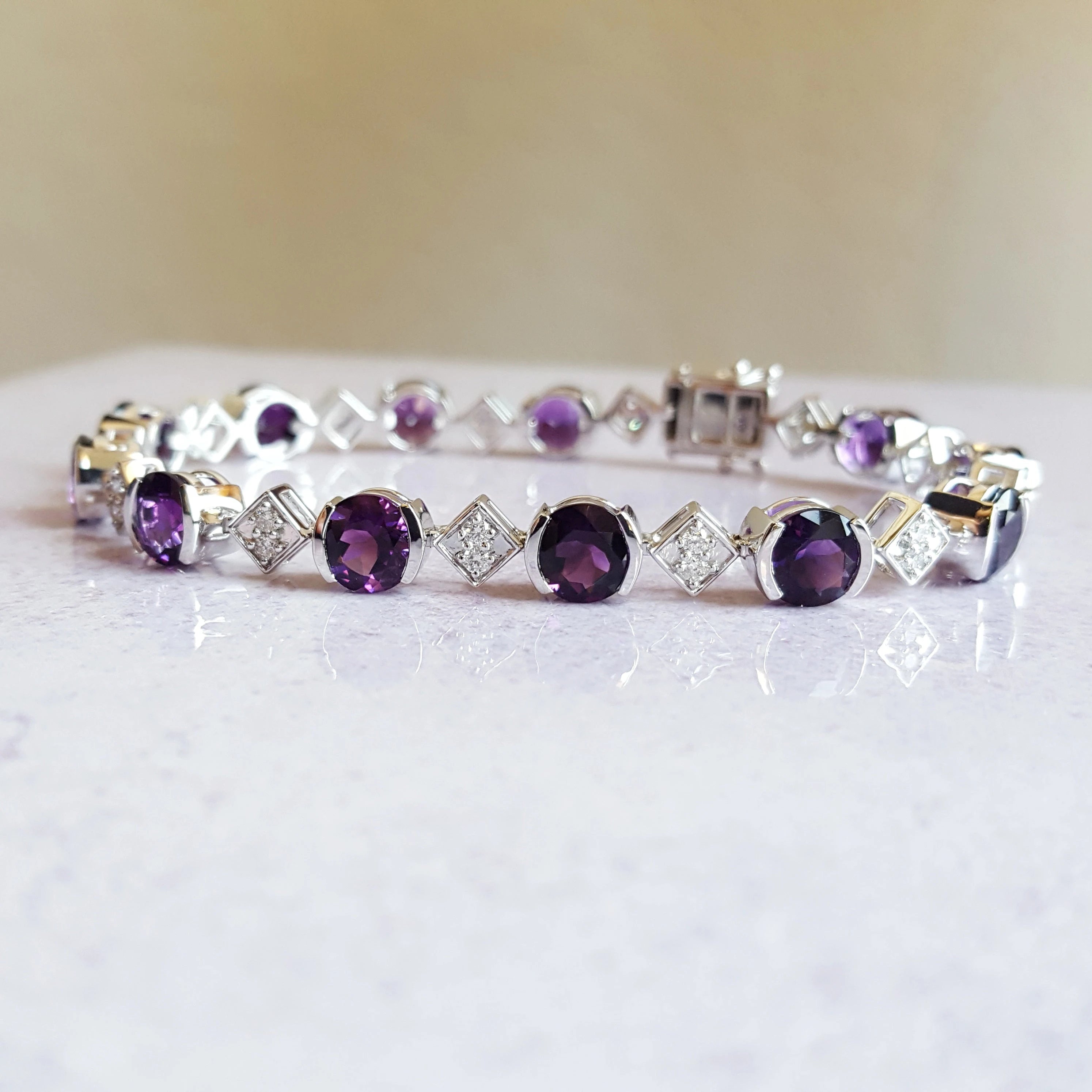
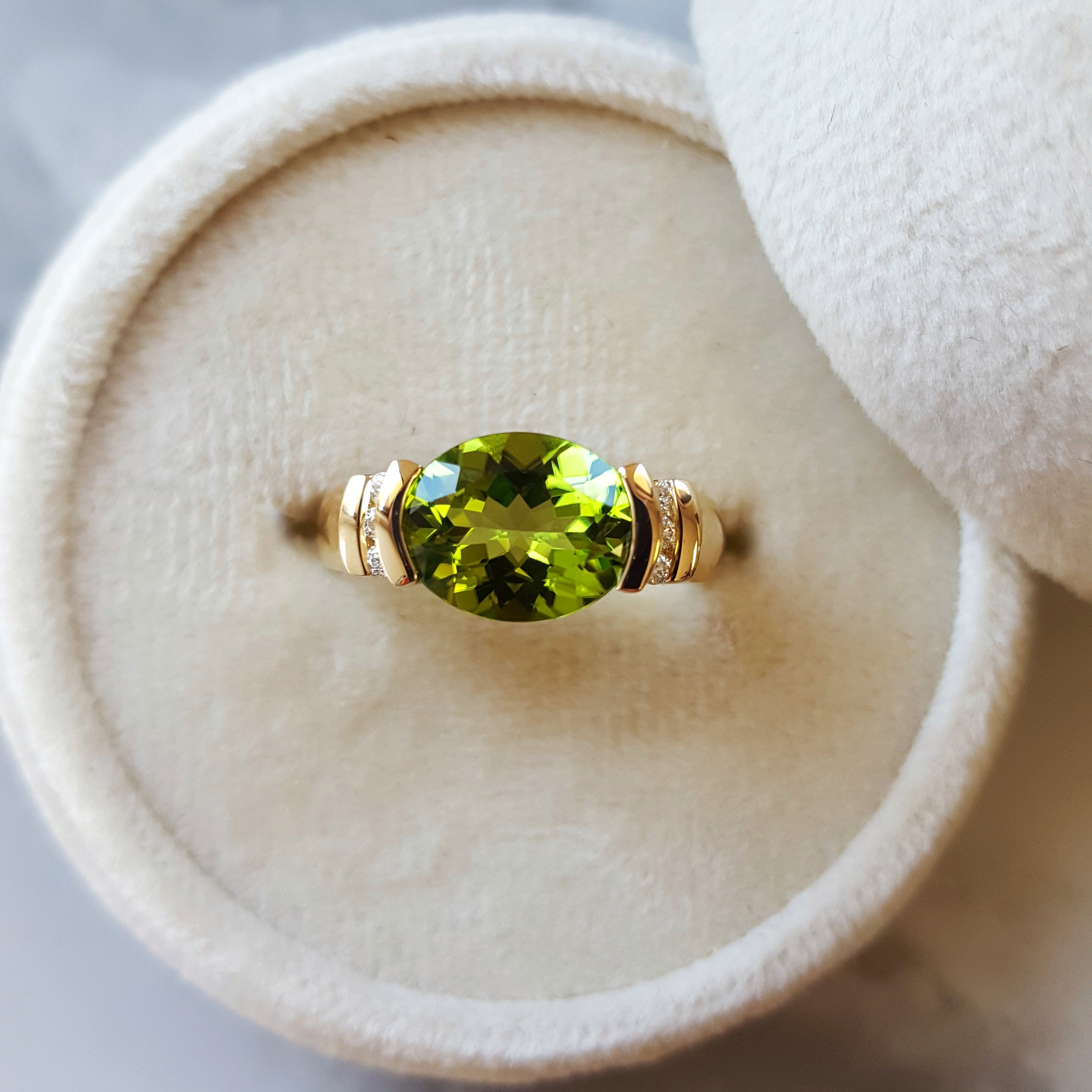
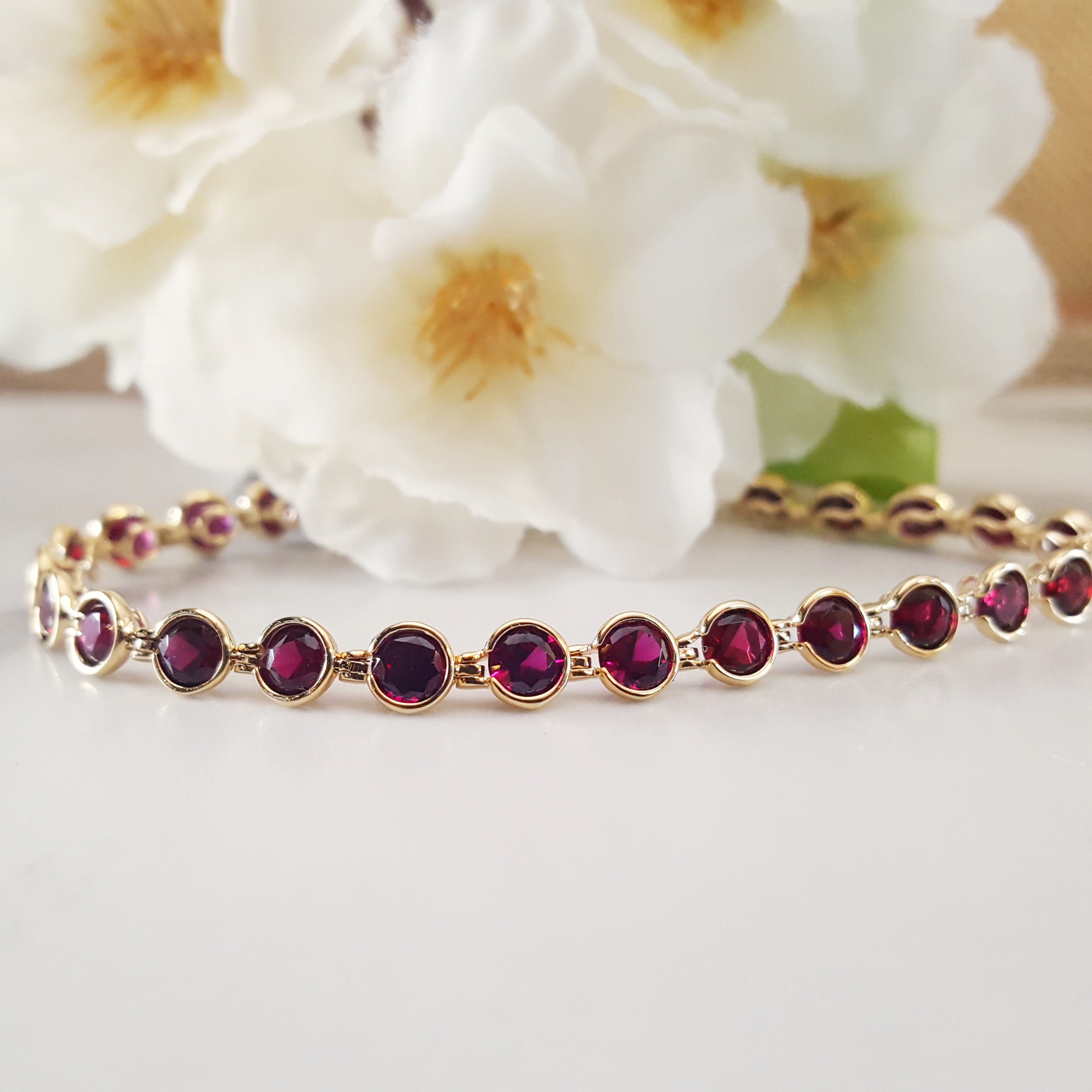
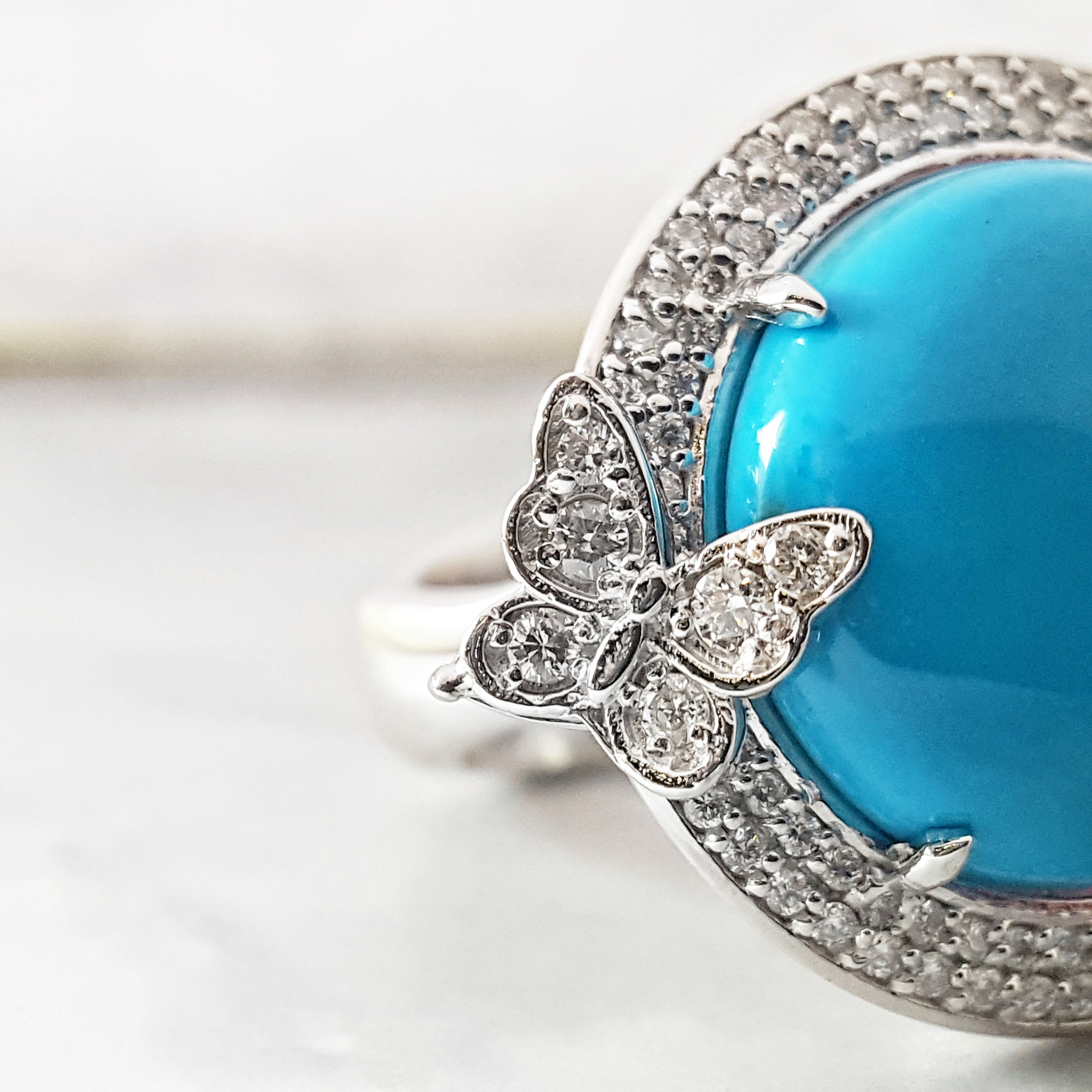
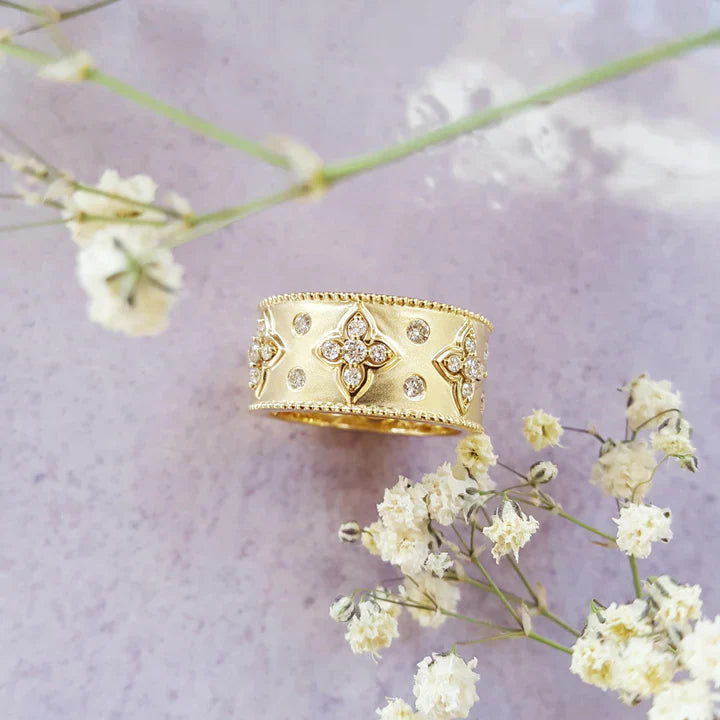
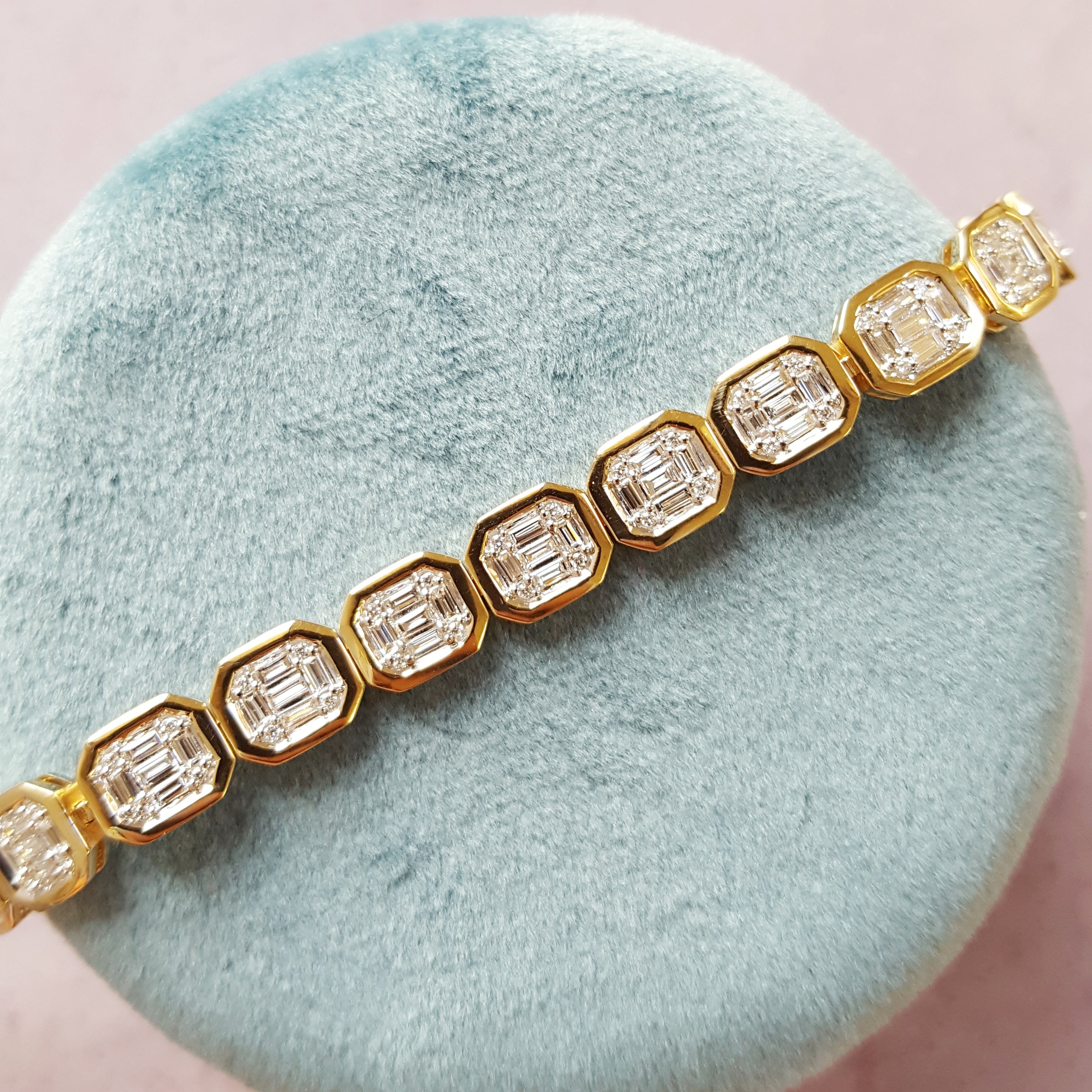
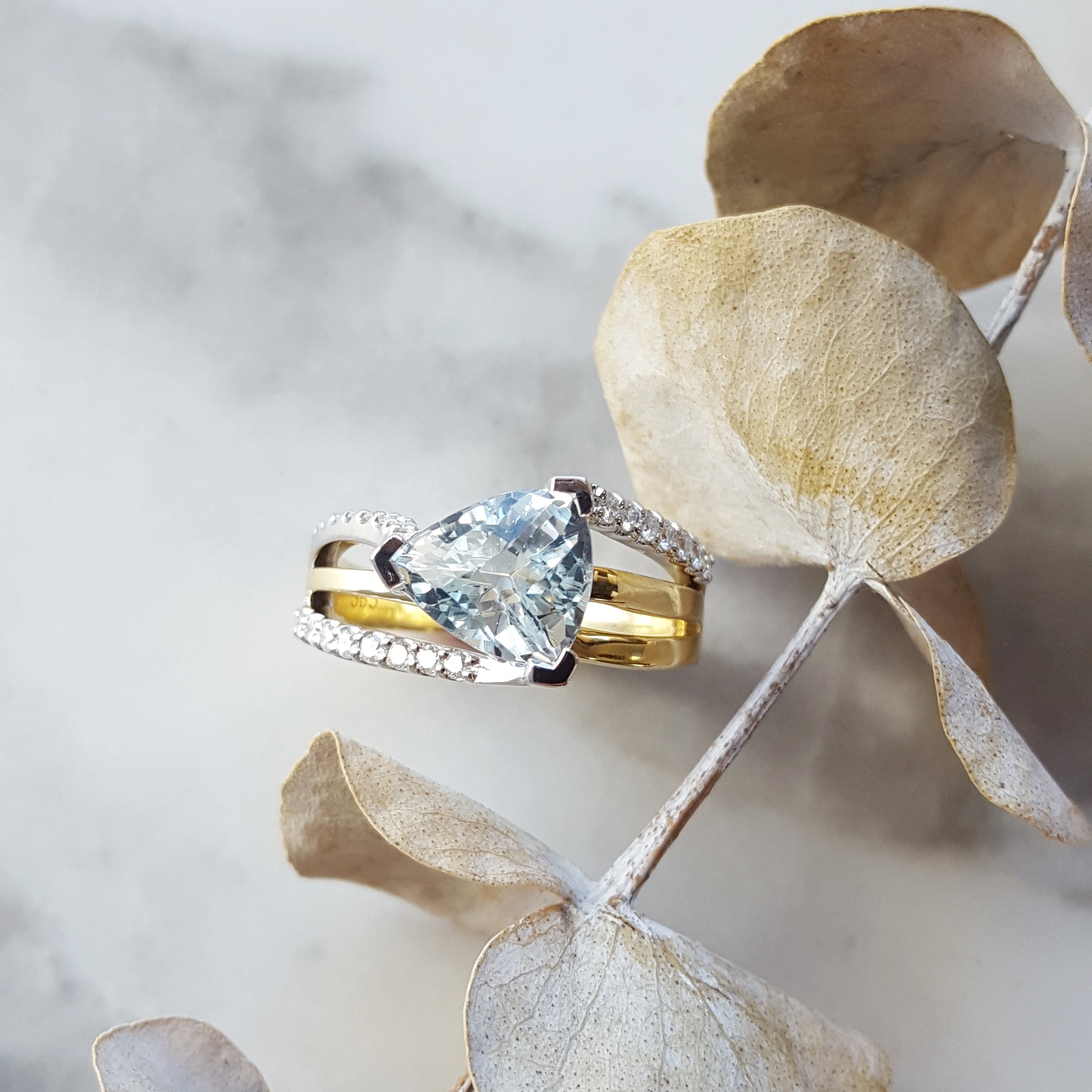


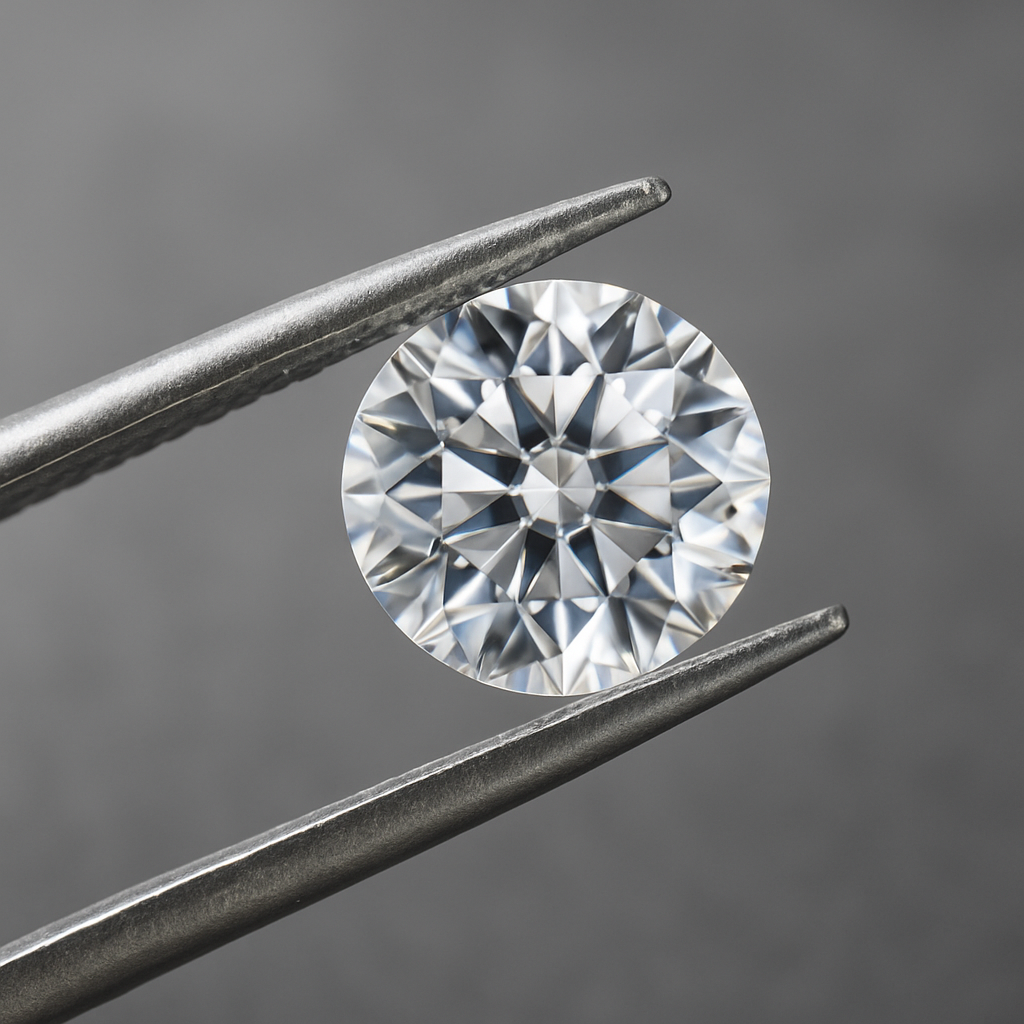
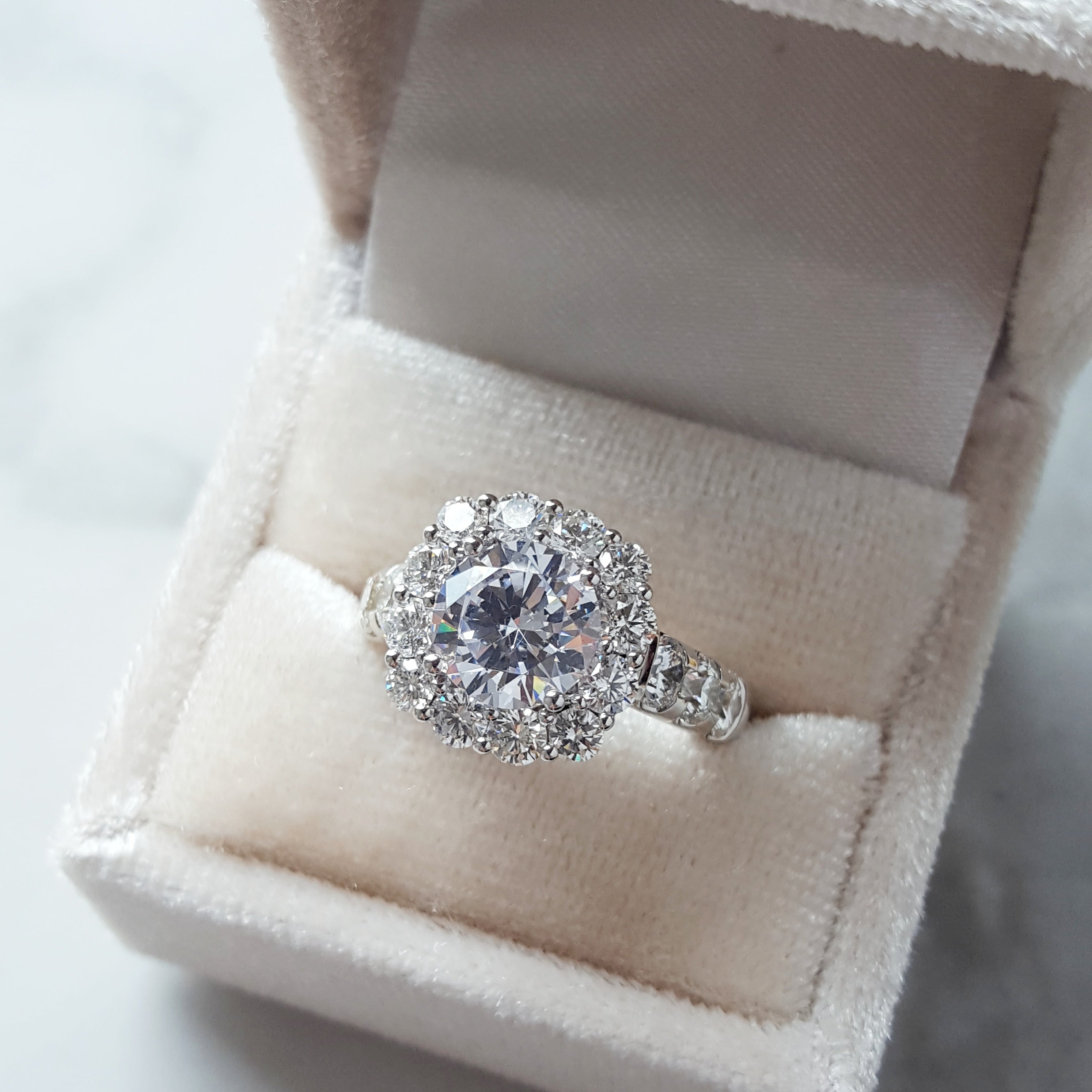
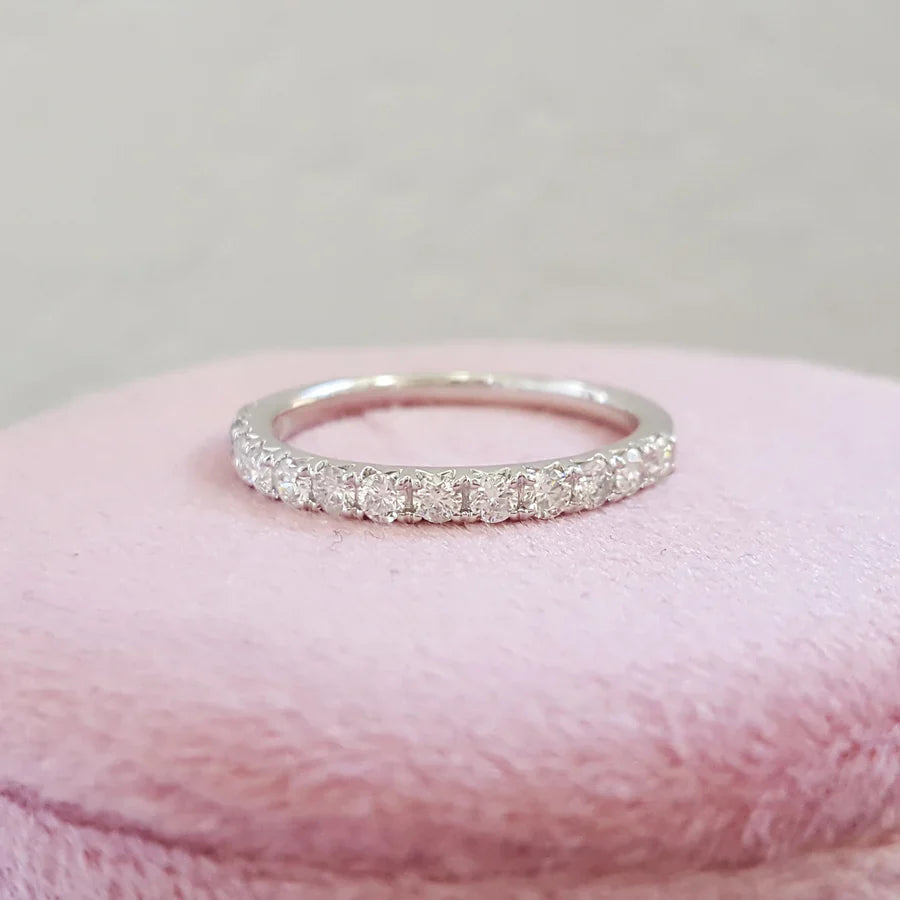
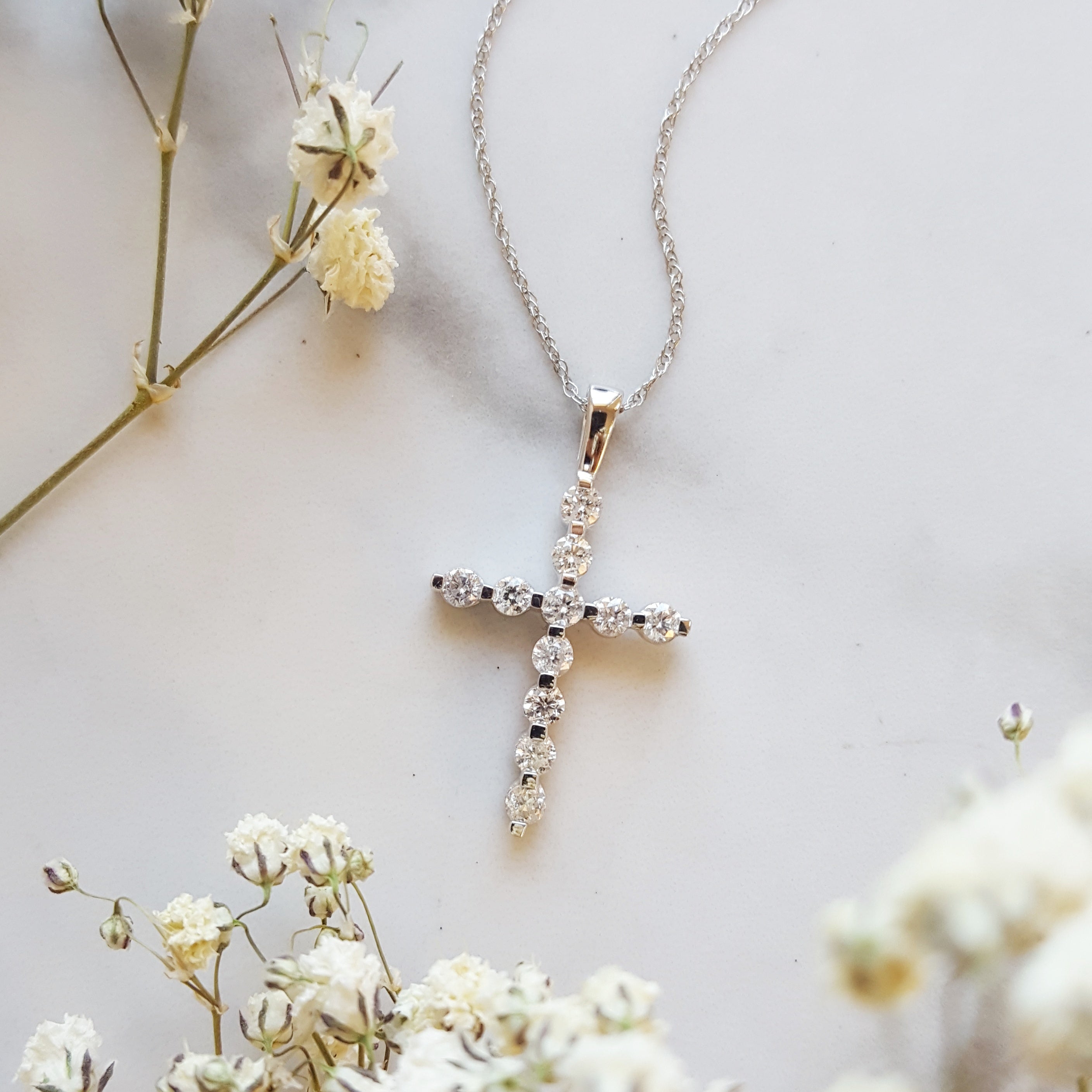
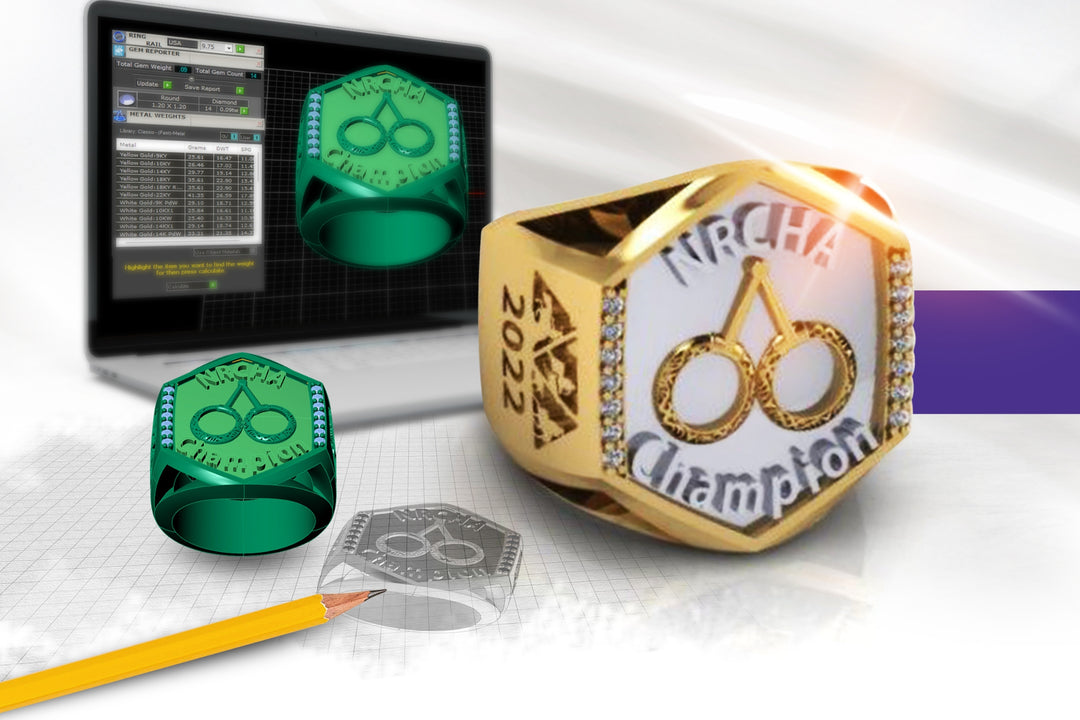


Leave a comment